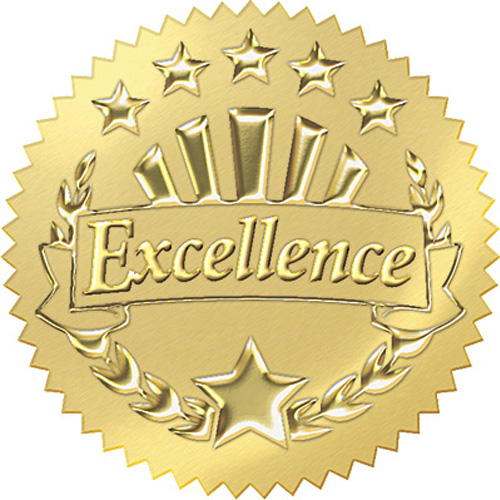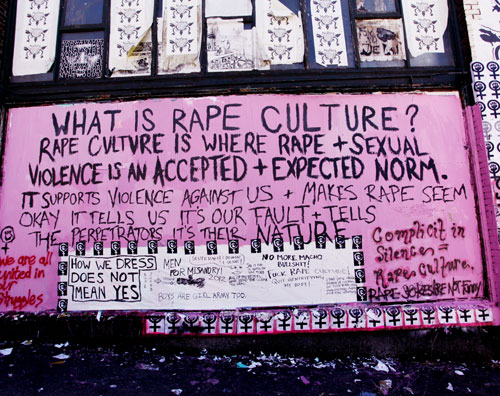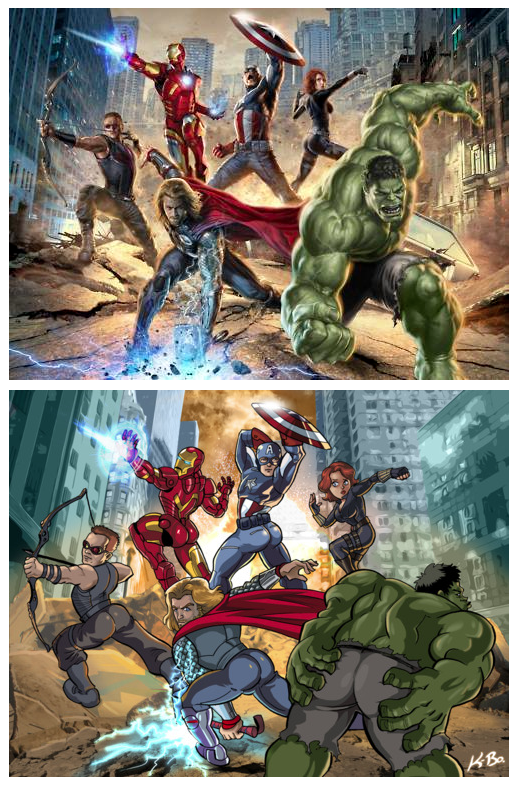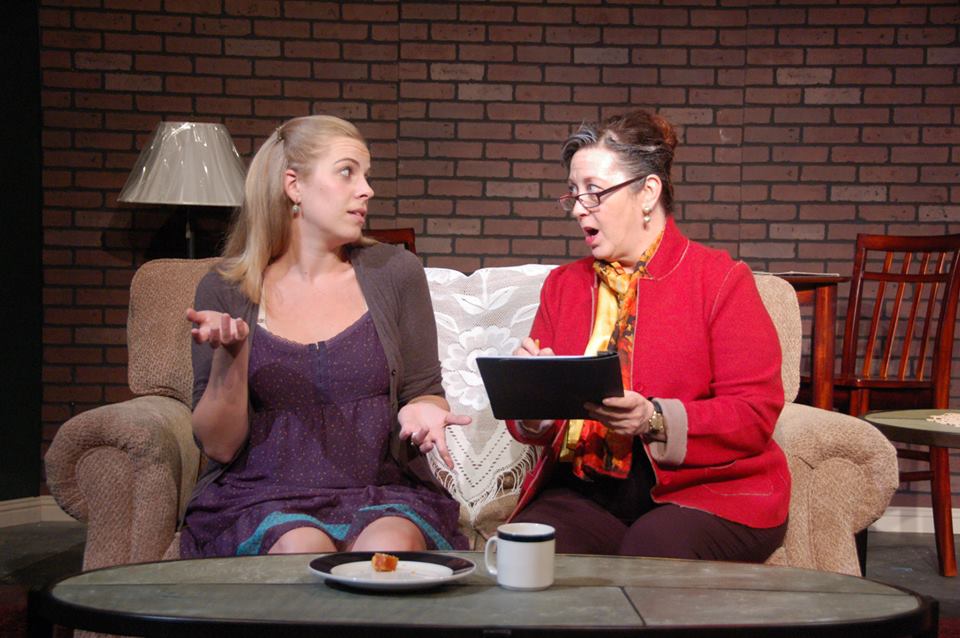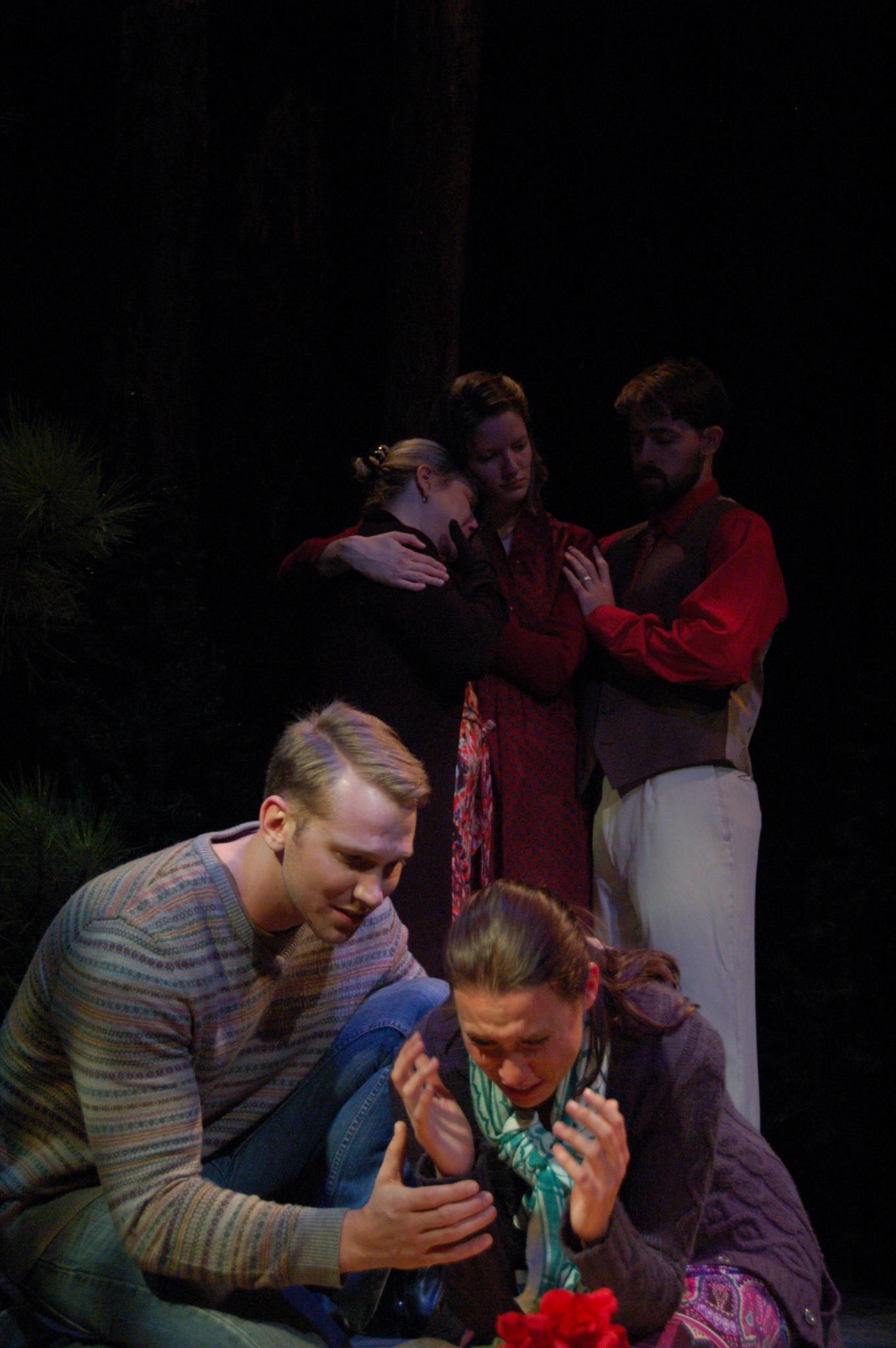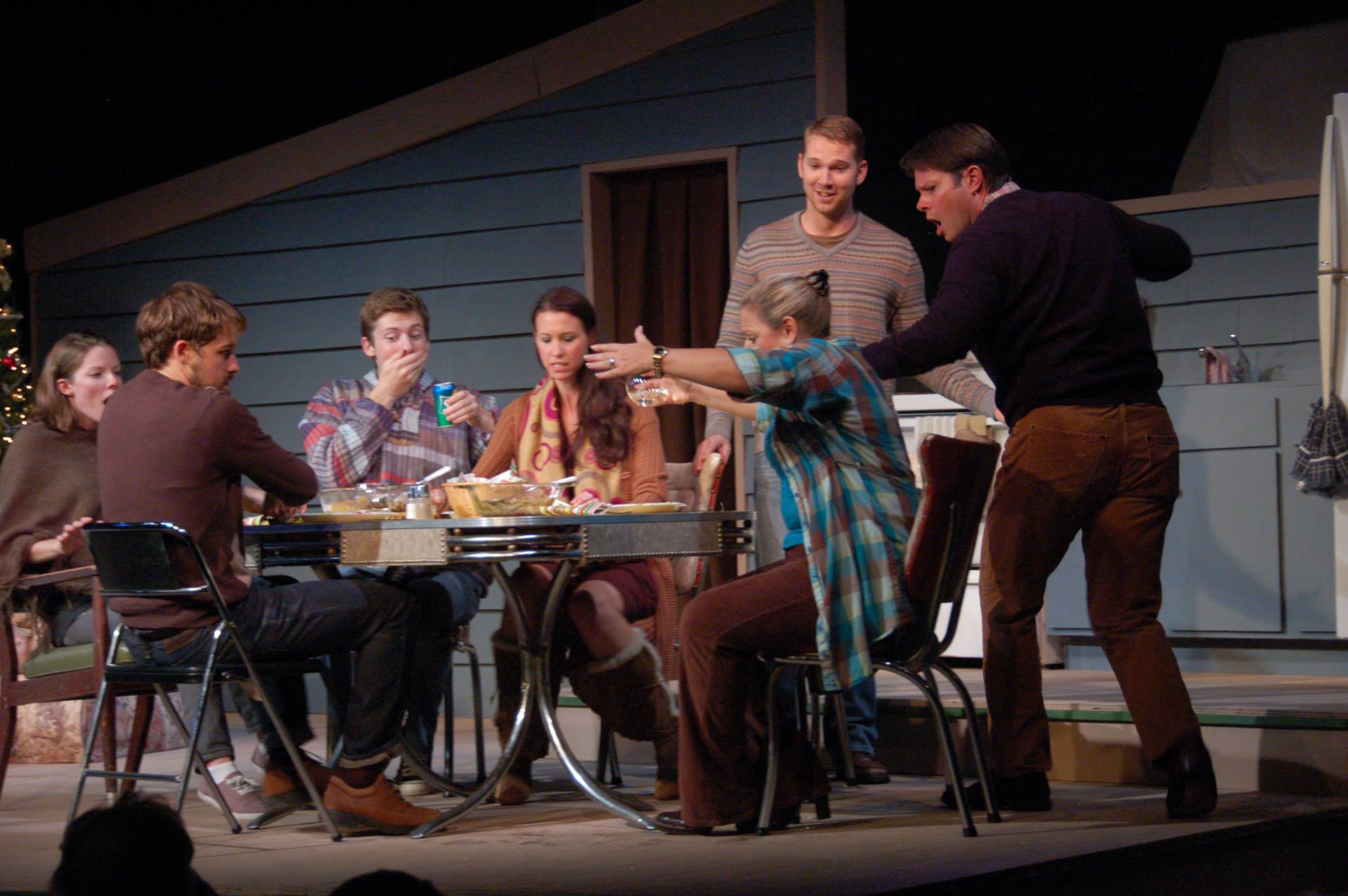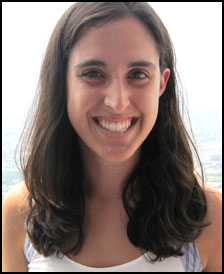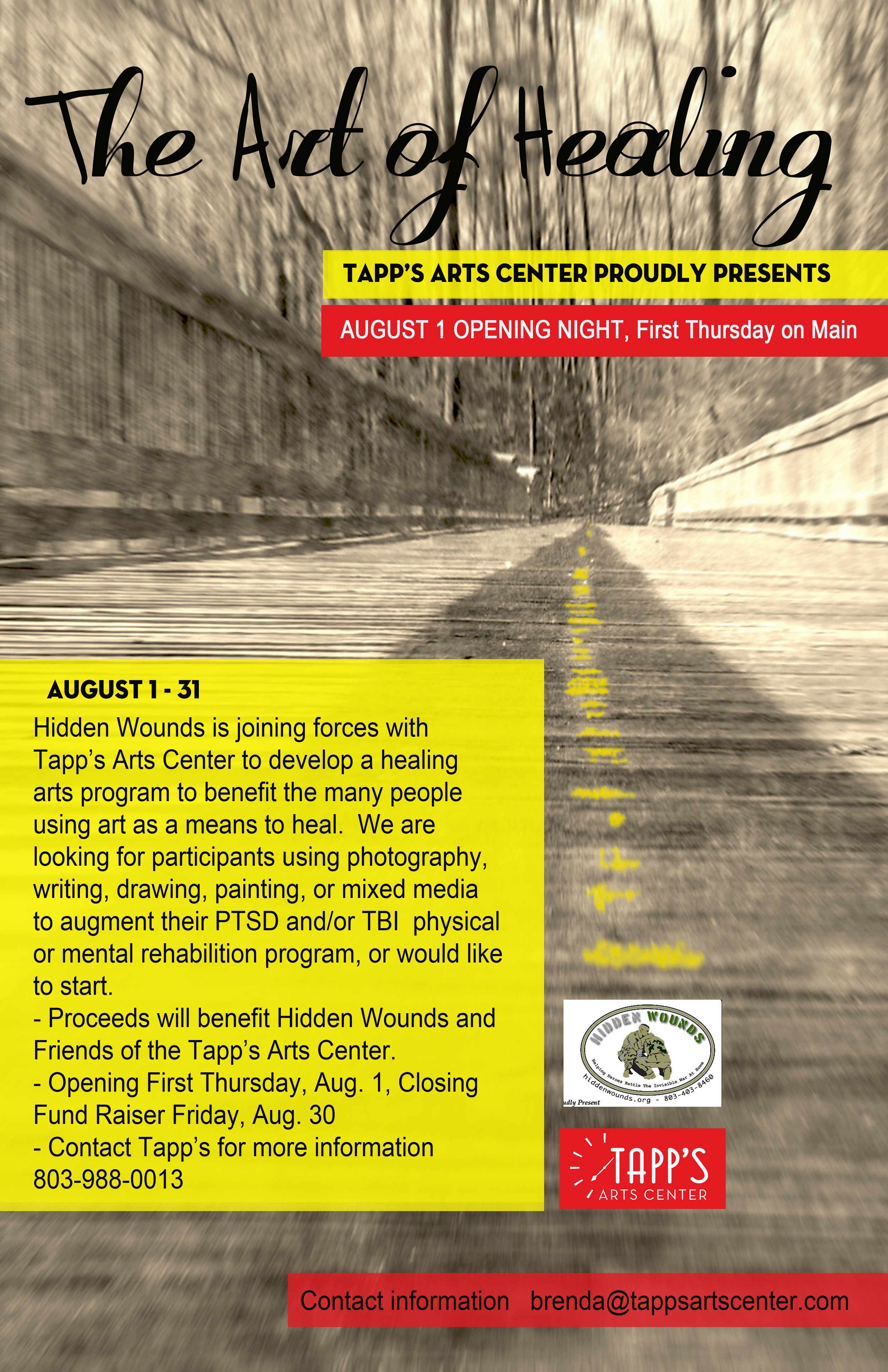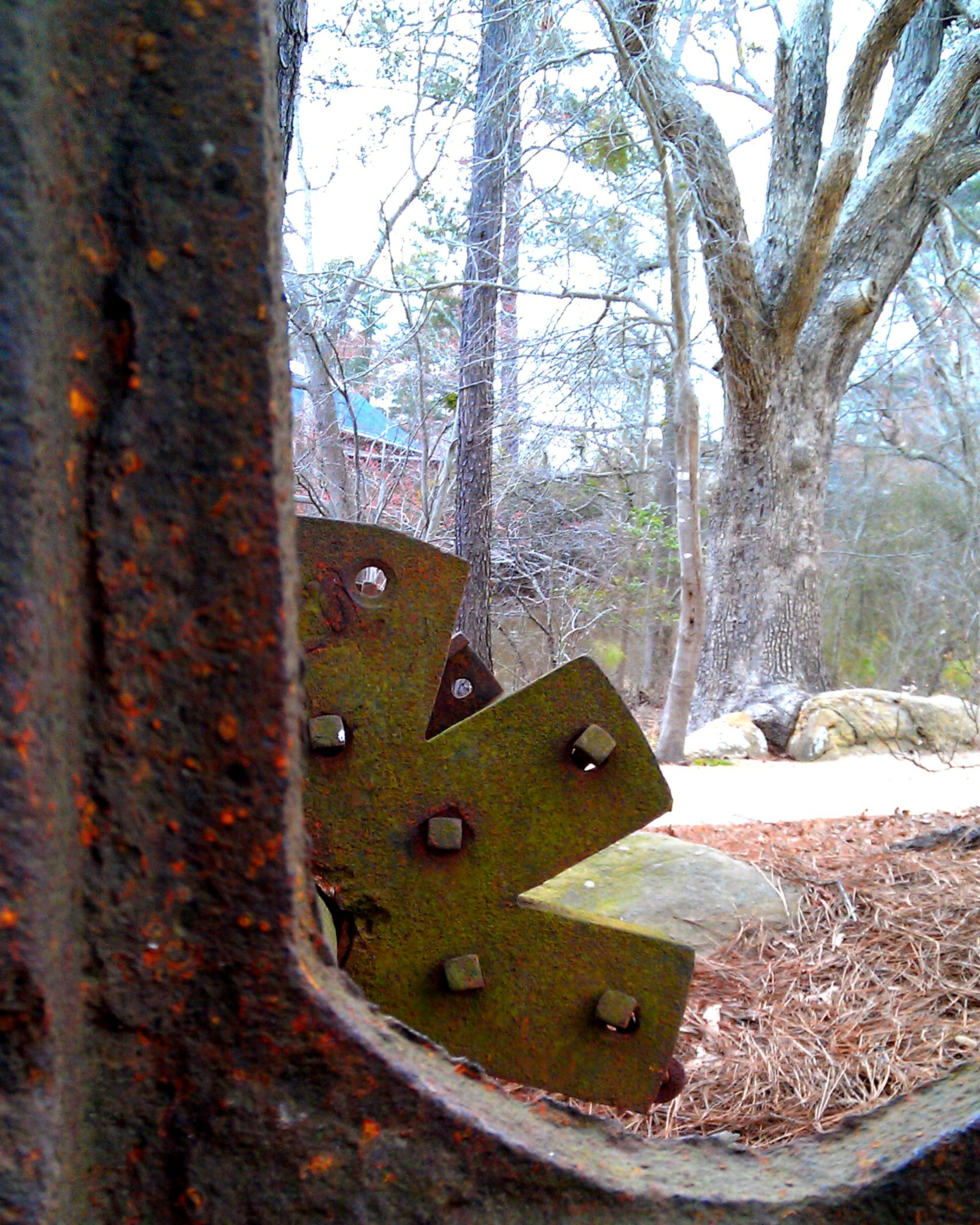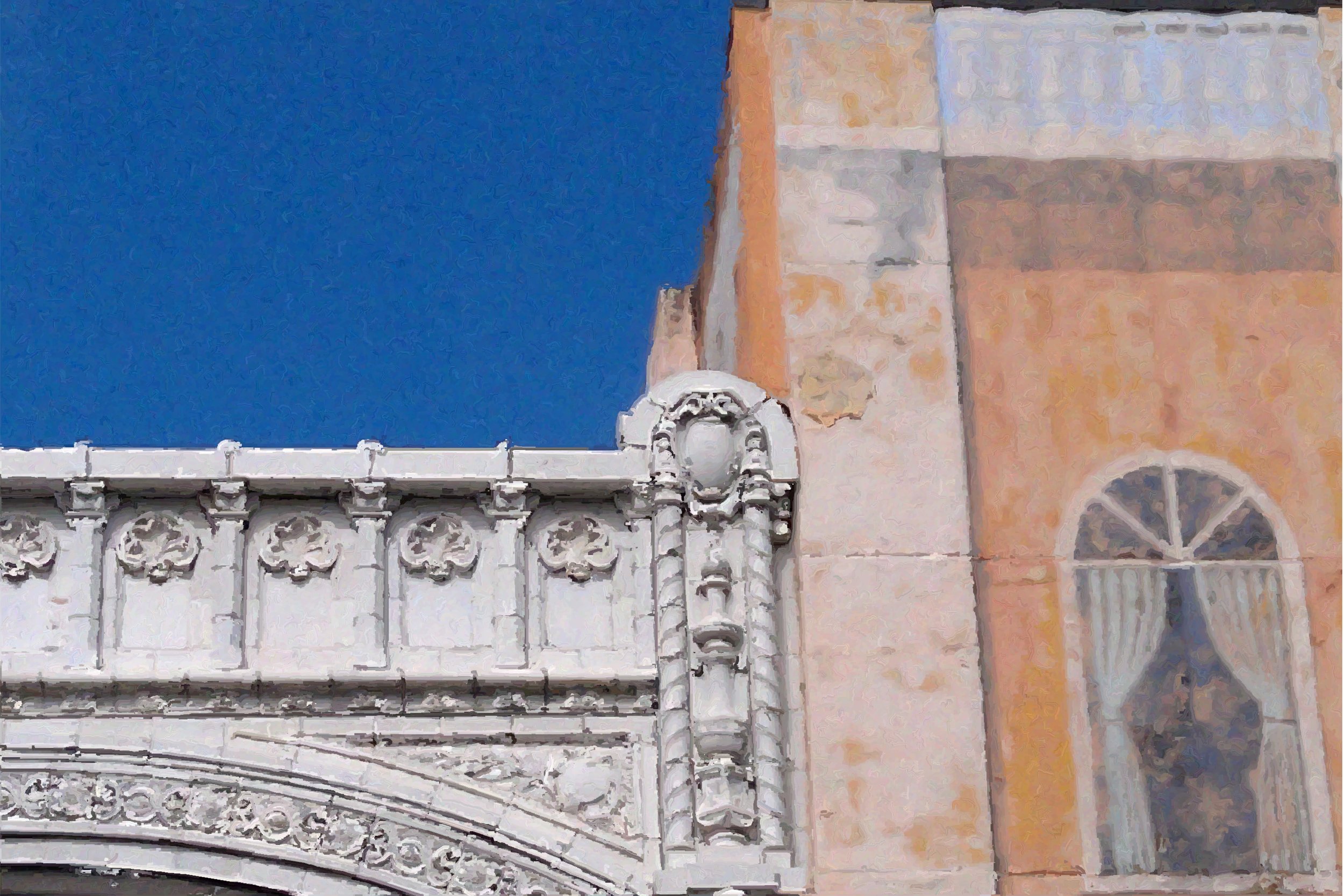
After the overwhelming nature of the first evening of Hopscotch, the second day can look a little foreboding. Not only does the official schedule start earlier--around 6pm outside on the City Plaza, where the festival’s biggest headliners perform--but a lot, and I mean a lot, of unofficial (and free!) day parties get going right around noon. There are apocryphal stories of people flying in to Raleigh just for the day parties themselves, taking in the free shows that take place around the festival proper and skipping out on the relatively modest sticker price of a three-day pass ($125).
While that obviously seems a bit silly, there is no denying that it’s a great couple of days for locals who are casually interested in the festival as well as a veritable boon for hardcore Hopscotchers who can double the number of bands they see and also occasionally spare themselves an agonizing scheduling decision if a band plays both a day party and has an evening slot. And, on a personal note, last year one of my favorite sets was at a day party--a fire-breathing afternoon performance from the Durham-based Red Collar.
Given the sheer number of acts we are talking about, I’m just gonna throw some bite-sized notes and takeaways here, along with Mr. Sharpe’s photos.
Jenks Miller Band - King’s Barcade
Miller, a guitar wizard who has probably a half-dozen projects going at any particular point, is probably best known for his work in Mount Moriah; This set featured an excellent quartet that he led down some lengthy, mostly instrumental tunes that take the basic language of Neil Young & Crazy Horse and imagine it for musicians that, you know, actually want to show off some skill and nuance. King’s is another great venue--think of something about twice as big as New Brookland Tavern, with a decent sized stage, high walls, and wonderful acoustics.
Roseland - The Hive @ The Busy Bee
A Greensboro country rock I’d never heard before, the four piece is embarking on a full tour along with former Winston-Salem-based alt.country songwriter Caleb Caudle. Their songs are fairly bouncy and straightforward, with a dedication to exceedingly pretty, Byrds-like harmony vocals that are instantly appealing.
Caleb Caudle - The Hive @ The Busy Bee
Caudle is a singer/songwriter with a deep, evocative voice and soulful delivery, along with first-rate songs. Backed by Roseland, he charged through some of his newer compositions with obvious passion, despite nursing a hangover and some difficulty hearing his own voice through the monitor.
Creedence Queerwater Revival - Cirque de Vol Studios
An all-women feminist CCR cover band. Yes, it was as awesome as you are imagining. Bonus points for the wackiest venue of the festival, a large studio space that promotes alternative, circus-style activities in lieu of the traditional gym.
Glenn Jones - King’s
Glenn Jones has played a few shows at Conundrum, but somehow I’ve missed them. An acolyte of the master fingerstyle guitar picker John Fahey, one of the central figures in the American Primitivism movement, Jones also has a long discography with the post-rock group Cul de Sac. His performance of his intricate, adventurous original compositions was spellbinding.
Swearin’ - Slim’s
A fun, heart-on-sleeve pop-punk act with indie leanings.
Spider Bags - Slim’s
Columbia music fans already sound stoked for this Triangle-based band’s upcoming performance at the (FREE!) Jam Room Music Festival, and rightly so--these snotty, rollicking garage rockers are loaded down with a slew of excellent tunes full of shout-along choruses and punk rock fervor, as well as a live show that makes their fans something akin to a cult. The tunes slide around from drunken country-rock to dizzying psychedelic sprawls, and frontman Dan McGee pretty much loses his shit in the process. While it fit the ambience of the tiny dive bar like Slim’s, it ought to be pretty freaking revolutionary on a big stage on Main Street too.

Future Islands - City Plaza
A synthpop band with an unusual line-up (synths and beats, a vocalist, and a bassist), these guys are based in Baltimore now but got there start in Greenville, NC, where the band attended college. So this show is a bit of a homecoming for them, and made all the sweeter by the fact that they’ve risen from playing a small club slot at Hopscotch to the main stage in just a few short years. Even if it’s not your thing, it’s hard to deny the charisma of frontman Samuel Herring.

Thurston Moore, John Moloney, and Merzbow - King’s
This was a surprise, briefly-announced set via Twitter from Caught on Tape duo Thurston Moore (of the legendary Sonic Youth) and drummer John Moloney with Hopscotch improviser-in-residence Merzbow, a Japanese noise artist. Instead of letting the audience gradually fill up the room, the trio started up 1st so that every audience member would hear the music as they walked up the stairs to King’s. It was a viscerally violent jam as Moore tortured his guitar, shaping feedback and dissonance across some free jazz riffs as he headbanged with ferocity. Merzbow stood in front of a table full of knobs and electronic devices as he strummed on an odd, non-traditional string instrument that created suitably skronky sounds to match Moore. Surprisingly, despite the throbbing mass of sound created by the two, it was Moloney’s relentless, shapeshifting kit work that stole the show, as what felt like the most intense, adrenaline-fueled drum solo hardly slowed over the course of the 30 minute or so jam. A cool and unique Hopscotchian moment.
Holy Ghost / A-Trak - City Plaza
I missed these sets, but Mr. Sharpe got some excellent photos, so we are gonna share.


Spooky Woods - Deep South
I only saw a couple of songs of the Spooky Woods set, a North Carolina group created by Arbor Hill studio-runners James Wallace and Jeff Crawford. Nice vocal harmonies around plaintive, genre-loose songs.
Rose Windows - Berkley Cafe
Rose Windows is a Seattle-based band whose Sub Pop debut, The Sun Dogs, is lighting up on college radio at the moment. A 7-member, psychedelic-leaning band whose songs range from the quietly folky to rumbling ferocity, these guys really create a full sound live, and the prominent presence of a flutist and swooning lead vocalist Rabie Shaheen Qazi up the psychedelic aura quite a bit.

Lady Lamb The Beekeeper - Fletcher Opera House
Another day, another haunting female singer/songwriter armed with nothing but an electric guitar on stage at Fletcher. A bolder, if no-less-delicate singer than Olsen, LLTB (the moniker the Brooklyn-based Aly Spaltro performs under) writes similarly gorgeous songs, albeit ones that require a bit more commitment as she wanders from languid finger picking and crooning in to stridently raucous passages and can have surprisingly and sometimes puzzling lyrical shifts. Another great, attentive crowd in this intimate theater setting led to another great Hopscotch set.
Mount Moriah - Fletcher Opera House Following Lady Lamb at Fletcher was one of those special Hopscotch schemes--local favorites Mount Moriah, who spent most of last year on a national tour supporting their second full-length, the Merge Records-released Miracle Temple, were slated to play through their entire discography with the help of a few guest musicians, including a violinist and pedal steel guitarist. Given the approach, I was particularly psyched to have a guaranteed hearing of some of my favorites from their first record, particularly "Social Wedding Rings," a great song that captures the band's Southern/country/soul-flavored indie rock appeal and the exceptional songwriting of leader Heather McEntire ("The next time we would meet/ Would be a train wreck of nerves and sexless sleep/ Mistakes made, empty hymns.")
I stuck it out through the last of my favorites from that record (a bouncy electric version of “We Don’t Need Very Much”) before skipping over to catch the last few songs of Waxahatchee. Fortunately, I would make it back to catch the latter half of Miracle Temple as well.

Waxahatchee - Kennedy Theater
Another of the acts I’ve been most looking forward to, Waxahatchee started out a the somber acoustic songwriting project of Katie Crutchfield, but has since become a muscular, three piece that give these emotionally arresting tunes some sonic heft. Crutchfield crafts frank songs full of regret and heartbreak, with a bruised voice that sounds almost brittle to the touch. The trio gave the few songs I heard a sincere reading, with Crutchfield’s voice and words appropriately given the spotlight.

Pig Destroyer - Slim’s
Ah, the best-laid plans. Instead of ending by night at the Pour House for the adventurous power-pop of frequent Ty Segall collaborator Mikal Cronin, where a packed house had a line running outside the club on a one-in-one-out entry policy, I took a chance on something I normally would never be interested in and got a dose of the crazed metal of Pig Destroyer, a grindcore outfit from Richmond. It was an, uh, experience, to say the least. Metal is another one of those genres that seems to make so much more sense in a live setting, as the band and the crowd played off the mounting frenzy of the music in the best way possible.
...and that was a wrap on Day 2 at Hopscotch. Day 3 coming at you in a stagger...
(and here's Jonathan Sharpe's gallery of images again)

